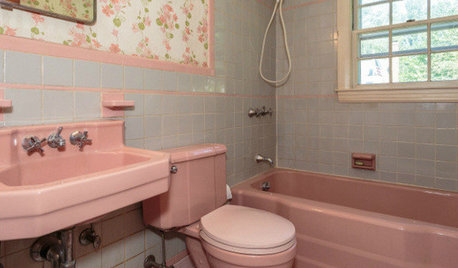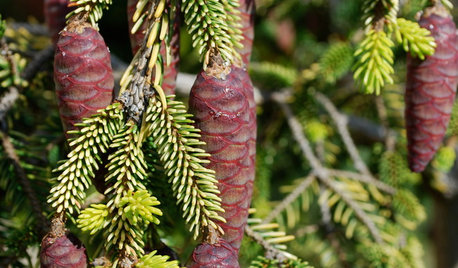Care of New & Old Spruce, Rhizosphaera Needle Cast
Mary4b
9 years ago
Featured Answer
Sort by:Oldest
Comments (10)
wisconsitom
9 years agoRelated Professionals
Allentown Landscape Contractors · Bergenfield Landscape Contractors · Cerritos Landscape Contractors · Cudahy Landscape Contractors · Doctor Phillips Landscape Contractors · Fruit Heights Landscape Contractors · Hawthorne Landscape Contractors · Mason Landscape Contractors · Medford Landscape Contractors · Natick Landscape Contractors · Rosemount Landscape Contractors · Vancouver Landscape Contractors · West Covina Landscape Contractors · San Pablo Landscape Contractors · Bensenville Landscape ContractorsMary4b
9 years agoken_adrian Adrian MI cold Z5
9 years agowisconsitom
9 years agosc77 (6b MA)
9 years agowisconsitom
9 years agoMary4b
9 years agosc77 (6b MA)
9 years agoMichael Smith
4 years ago
Related Stories

HOLIDAYSHow to Care for Your Christmas Tree
Keep your tree looking lush until the last ornament is packed away with these tips for watering, using stands and more
Full Story
BATHROOM COLOR8 Ways to Spruce Up an Older Bathroom (Without Remodeling)
Mint tiles got you feeling blue? Don’t demolish — distract the eye by updating small details
Full Story
GARDENING GUIDESGreat Design Plant: Skylands Oriental Spruce, a Favorite Conifer
Brighten up a drab corner of your garden with Picea orientalis ‘Skylands’, a smaller spruce that a bird family might just call home
Full Story
MOST POPULARHow to Reface Your Old Kitchen Cabinets
Find out what’s involved in updating your cabinets by refinishing or replacing doors and drawers
Full Story
KITCHEN OF THE WEEKKitchen of the Week: New Kitchen Fits an Old Home
A designer does some clever room rearranging rather than adding on to this historic Detroit home
Full Story
MOST POPULARBudget Decorator: Shop Your Home for a New Look
Redecorate without spending a cent by casting a creative eye on the showroom called home
Full Story
ECLECTIC STYLE5 Reasons to Hit That Secondhand Store
New things have their place, but old things have a history and beauty all their own
Full Story
COTTAGE STYLELessons From Camp: Cottage Inspiration for Home
Embrace the bones, and 11 other design tips from a reborn summer camp in the woods of Wisconsin
Full Story
UPHOLSTERYFurniture Clinic: End the Curse of Slouchy Couch Cushions
Prolong the life of your couch with this inexpensive fix that’s so easy, even a beginning sewer can do it
Full Story
PRODUCT PICKSGuest Picks: Nightlights Worth a Spotlight
Forget drab plastic standards. These unusual illuminators help a bedroom, bathroom or kitchen really shine
Full StoryMore Discussions









ken_adrian Adrian MI cold Z5